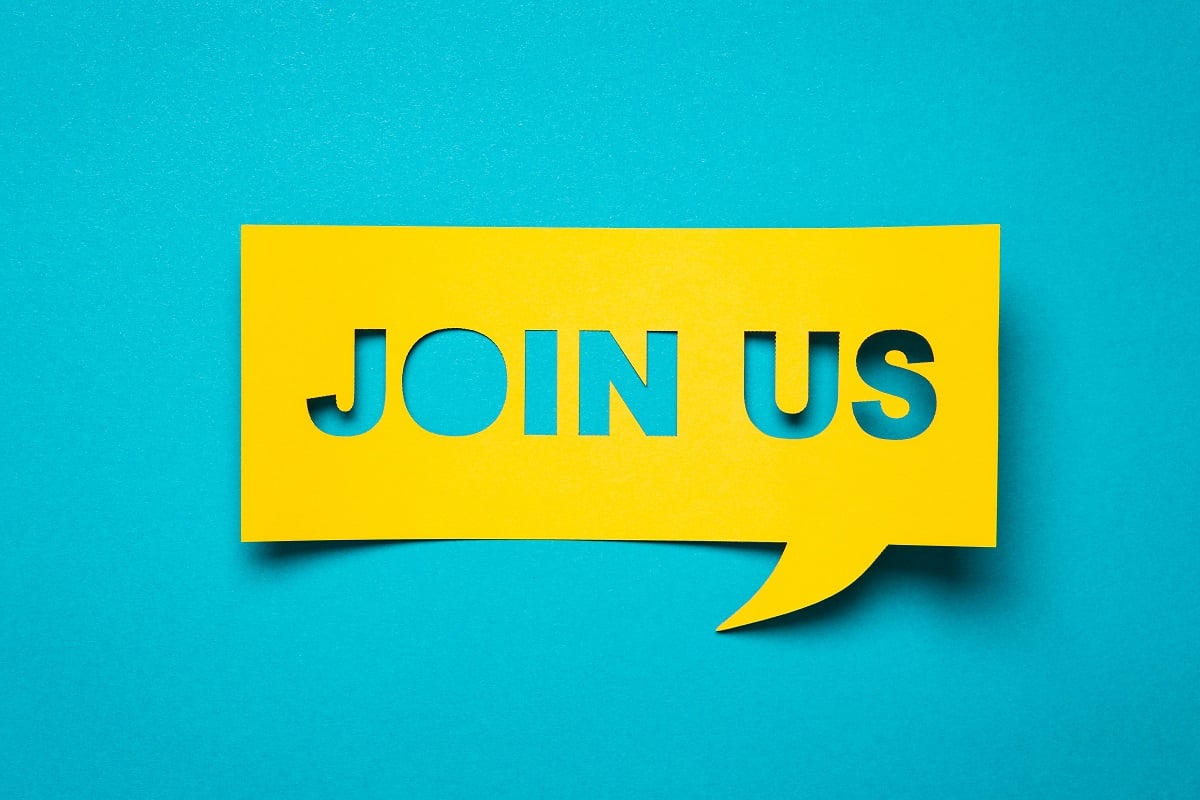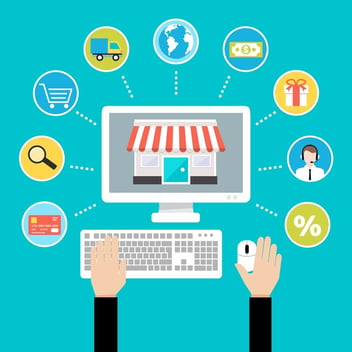Using Personalization to Build Engagement - Six Rules to Get It Right
It seems like we're several years into "personalization" as the hot topic in marketing and sales.
You can easily lump it in with other buzzwords like cryptocurrency and bots.
For good reason, too. Personalization, when done correctly, is like using a cheat code to customer's hearts. It shows you know them and are paying attention.
Unfortunately so many brands aren't quite grasping the idea to build better relationships.
They're great at using personalization to make more sales; not so good at using it to engage customers and build loyalty.
While we're far from the idea of Big Data turning into "Big Delivery," customer data can be used for engagement and loyalty today.
Start with these few basic rules and concepts.
At the very least they'll keep your efforts from backfiring - but you might find they can increase your engagement and loyalty with just a few tweaks.
- It's More than just First Name or Company Name
Both of those are essential to any personalization effort, but your best bet for success comes in drilling down several more layers of specificity.
Try speaking directly to specific behavior, such as customers who have purchased more than once or spent over a certain threshold. Geographical segmentation works, and if you have accurate data and good messaging then try segmenting based on gender, income, or even parental status.
The best approach to this is creating personas and a buyer's journey. Personas are avatars for your target audience - a portrait of their most common behaviors, tendencies, and preferences. Buyer's journeys are maps of touchpoints and influences customers could encounter, from discovery through purchasing and on to retention.
Once you've created both of these, you'll have a much better idea of how to speak to your best customers and use what you know to draw them into their next positive interaction with your brand.
66% of consumers said they saw “no evidence” that stores they visit regularly know them as a consumer (Periscope)
- Put in the Work
 We've all received broken emails addressing us as <First.Name> or <CUSTOMER NAME HERE>.
We've all received broken emails addressing us as <First.Name> or <CUSTOMER NAME HERE>.
You've probably even received a strange call from someone asking for the very formal name of your company. "Hello Brandon Carter from Access Development Incorporated!"
Both of these are simply the result of sloppiness. Proper personalization requires delicacy and attention to detail. Double check everything that's sent from your brand because any mistakes will cause a customer to question why they're in business with you.
As much as you can, have safeguards and actual eyeballs that can examine your data and look for obvious mistakes. Try to remove obvious formalities that people don't use, such as referring to Apple as Apple, Inc.
Sure, the formal name is correct, but it's like a bat signal directing attention to lazy personalization.
41% of U.S. consumers said they ditched a company because of poor personalization and lack of trust (Accenture)
- Don't Get Creepy
 Have you ever browsed a website only to get an instant email or phone call from a person associated with that website? That's off-putting to a lot of folks.
Have you ever browsed a website only to get an instant email or phone call from a person associated with that website? That's off-putting to a lot of folks.
Yes, a person on-site is a sign of engagement and maybe even of buying intent. But jumping on them like the lotion kiosk salespeople at the mall can chase customers away.
Be responsible and as human as possible. Don't collect data you don't need and know when to use a soft touch.
For example, use live chat to engage that person on your website instead of a phone call. They're already there, and free to engage with you on their terms.
47% of consumers will abandon a brand if it repeatedly provides “poor, impersonal or frustrating” customer experiences (CMO Council)
- Be Ready to Respond
If you want to get personal with customers, you must be willing to back up the sentiment.
That means you have people ready and willing to respond and provide personal service right back.
Using first name in an email is one thing, but it's all for naught if the recipient can't actually find a human being to connect with in your company. Remember: every engagement opportunity should also be a feedback opportunity.
97% of consumers said they are somewhat likely to become more loyal to a company that implements their feedback (Apptentive)

- Let the Customer Personalize For Themselves
The common uses of personalization usually refer to something a brand does to customers. Never lose sight of the reverse, though, and let your customers dictate some of the terms to you.
This is also known as customization, and you should look for opportunities to allow customers to shape your brand to their will.
They can personalize their communications from your brand, how often they hear from you and how frequently. If you operate a subscription business, let them pick and choose their member benefits. Set up a delivery or on-demand schedule for your services.
41% of U.S. consumers are loyal to brands that offer them the opportunity to personalize products to create something that is bespoke to them (Accenture)
- Use It For More than Just Sales
Right now, brands are incredible at using personalization to sell more stuff. Visit a random item on a certain popular ecommerce site, and suddenly you see ads for it on nearly every other site you see.
There's a time and place for sales, but personalization is just as effective in every other part of your funnel and in creating loyalty.
Use data to identify who is and isn't using your product. Thank long-time customers and those who refer friends. Re-engage customers who haven't been around in a while. Create and share content specifically tailored to valuable segments.
All of those can lead directly to sales; none of them are explicitly asking for money.
Engage first, then make the sale later. Engage properly, and the sale will make itself.
One slick example: companies using video services like VidYard allow for quick creation of a personal video that's dropped into a customer's (or prospect's) inbox. See example #2 here.
- Work With What You Know
What if you don't have a ton of customer data, or aren't a frequent-transaction business?
 You can still get personal (though even a simple loyalty program or membership club would help tremendously) by using what you know about your customers.
You can still get personal (though even a simple loyalty program or membership club would help tremendously) by using what you know about your customers.
Start with what your best, most profitable customers have in common. It might be they live in the same area.
Look deeper. Maybe they're from a similar income bracket, or they're parents, or they like to ski. All of those are useful in understanding their influences and what makes them tick.
Another idea is to start with yourself: Customers come to you for a reason. They see you as an expert in something, whether it's making a pizza or unclogging a toilet. Leverage your expertise to make them experts in what you do, even offer to consult with them in their own efforts. Make yourself available.
If nothing else, take a cue from your local greasy spoon and start remembering frequent customers and what they want - the oldest personalization trick in the book.
25% of consumers are likely to spend more in a retail store where they are greeted by name and made to feel like a valued customer (ICLP)
Don't Overthink It
The effort is worth it, so long as you keep to these few basic rules.
Spend time with your data. Map out personas and find commonalities, then apply them to a buyer's journey. Spend time talking with customers and even encouraging them to respond. Only push them to buy when the time is right.
All of these are basic concepts that any business can handle.
All of them are built around the idea of adding value and building a relationship - huge building blocks for engagement and loyalty.
Let the behemoth companies worry about complex executions and building gigantic pivot tables to carry out personalization campaigns on a mass level.
You just worry about the customer, and how you can get them in a one-to-one relationship with your brand.
Heck, just start with one customer. Get to know their needs and preferences.
Then move to two, then three; find out for yourself what might scale out to bigger groups.
The rest will take care of itself.
Topics: Customer Engagement
Written by: Brandon Carter





.jpeg)







Share your Comment.